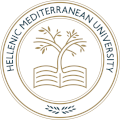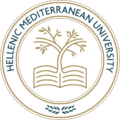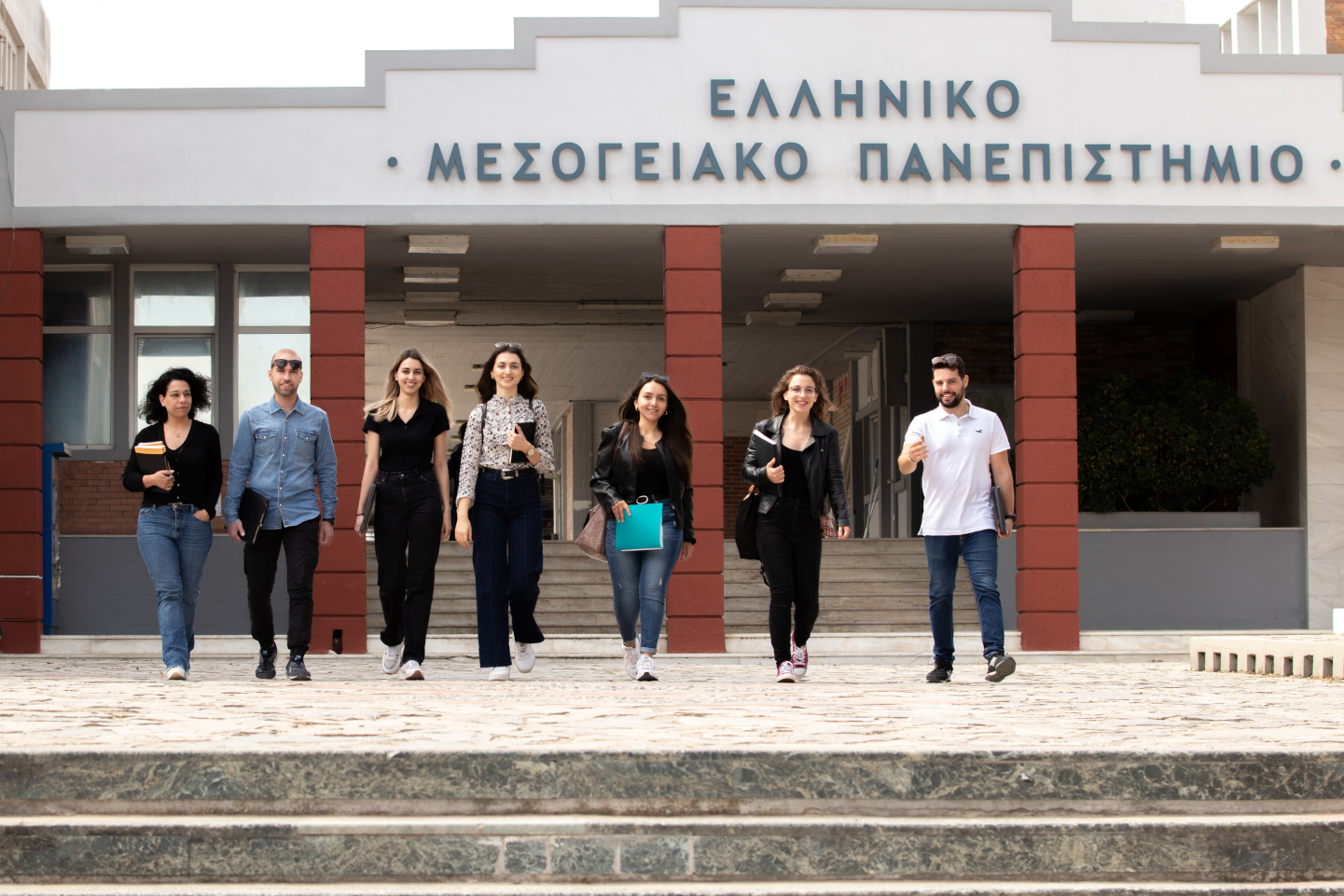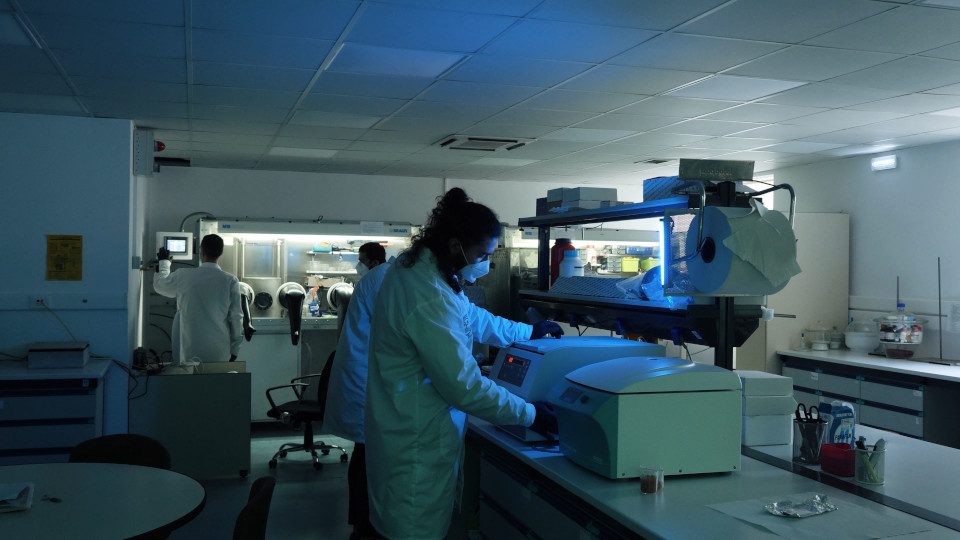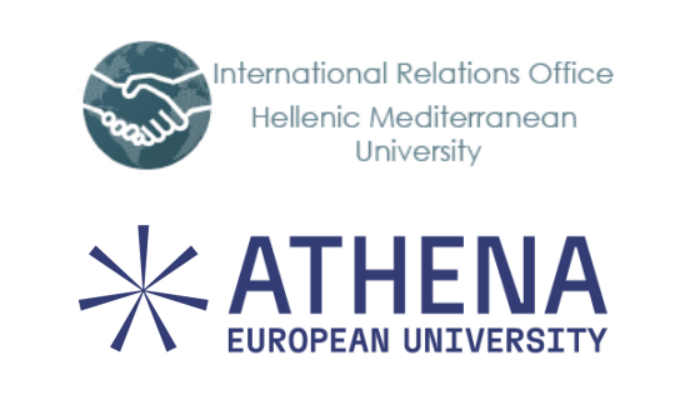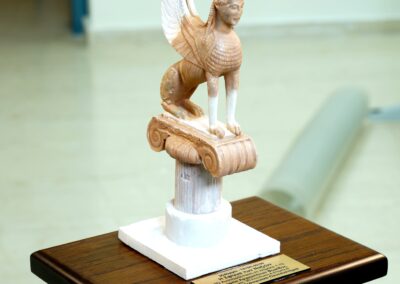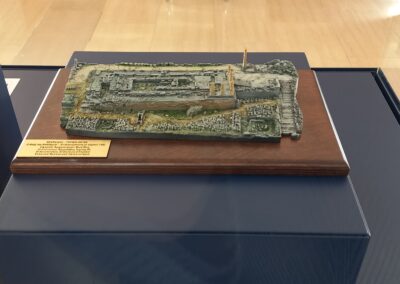The Design, Manufacturing & Automations Laboratory (https://dma.hmu.gr/) of the Department of Electronic Engineering (https://ee.hmu.gr/) of the Hellenic Mediterranean University manufactured an astonishing 3D model, on a microscale, of the “Naxian Sphinx”, one of the most miraculous statues of Hellenic antiquity.
The “Sphinx of the Naxians” is one of the most important and impressive tributes to the sanctuary of Apollo at Delphi, a statue – made entirely of Naxian marble – of colossal size (2.3 meters). The statue was sent around 560 BC by Naxos as an offering to the sanctuary of Apollo and the oracle of Delphi. According to tradition, it dominated an Ionic column 12.10 meters high. At the base of the Sphinx is written a resolution of Delphi, which gave the Naxians the right of pre-divination (that is, the right to precede when receiving oracles).
Recently, however, the “Naxian Sphinx” did not start its trip to Delfi from Naxos. but from Crete!
As part of the 3D4Delphi (https://3d4delphi.gr/) research project, the giant Sphinx that adorns the Archaeological Museum of Delphi was scanned by drone and reconstructed with 3D printing under the supervision of the Laboratory of Design of Machining and Automation of the Department of Electronic Engineering of the Hellenic Mediterranean University. Museum’s visitors can now see a realistic copy in special showcases of the “Naxian Sphinx” – in scale – along with the 3D model of the “Temple of Apollo”, the place where Pythia gave the oracles. At the same spot, 3D copies of 25 metopes of the “Treasure of the Athenians” are exhibited all of which were also implemented and edited by the HMU Laboratory. The digital copy of the “Naxian Sphinx” as well as the 3D representations of the metopes are available on-line at the following addresses https://skfb.ly/oxrzB.
The 3D4Delphi (https://3d4delphi.gr/) project has to do with the development of new innovative methods of documentation, analysis and promotion of cultural heritage monuments that will combine for the first time modern 3D imprinting techniques.
The scientific coordinator of the project is Manolis Maravelakis, Associate Professor, Department of Electronic Engineering / School of Engineering of the Hellenic Mediterranean University, while participating institutions are the Greek Ministry of Culture & Sports – Ephorate of Antiquities of Fokida, the Technical University of Crete, Astrolavos Technical OE, the company Creative Development Thinking and the company JGC Geoinformatics Systems S.A. The project is funded by the GSRT – Special Actions “OPEN INNOVATION IN CULTURE” (NSRF 2014-2020).
